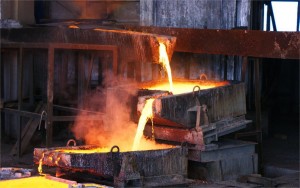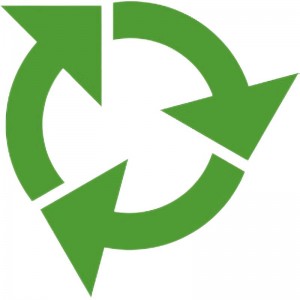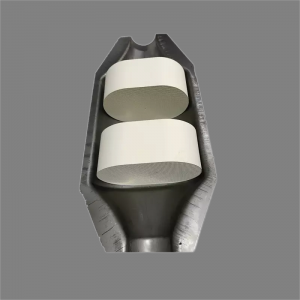At present, there are two methods of regeneration, namely wet method and fire method. Wet recovery: decompose in alkaline medium with sulfuric acid or sodium hydroxide under pressure to dissolve the carrier. After dissolving, the precious metal remains in the residue, and then leached with chlorine gas and hydrochloric acid, so that the platinum group metal enters the solution.
In the alkaline method, all the contained SiO2 remains insoluble, which hinders the further processing of precious metals. It is not advisable to regenerate the bulk support by this type of method because the y-Al2O3 has been converted to the insoluble a-Al2O3 during the effective use of the catalyst.
On the other hand, various methods for dissolving precious metals and the recovery rate of precious metals have a large variation range, and these are all well known, such as dissolving methods such as hydrochloric acid and chlorine, hydrochloric acid and nitric acid or hydrochloric acid and hydrogen peroxide. One of the main problems with all these methods is the difficulty of separating PGMs from non-ferrous metals in dilute solutions.
The recovery rate of these methods, especially the recovery rate of man is not satisfactory. The negative effects of the hydrometallurgical regeneration process can be summarized as follows:
1. The amount of waste water is too large; ②The leached carrier is discarded and needs to be piled up; ③Loss of precious metals; ④The aluminate mother liquor aluminum sulfate solution is not easy to use. Their advantages are: low operating temperatures; easy monitoring of the precious metal content in the case of low base metal content and easy precipitation. Fire recovery: Usually fire recovery of automobile exhaust catalysts involves the smelting of ceramic supports and the enrichment of precious metals in metal collectors.
The support, which forms the slag without loss of precious metals, is critical to the process. An excessively high melting point (about 2000° C.) of alumina particles is a big problem. Therefore, only flux can be added to this kind of material or slagging can be carried out at a very high melting temperature. Copper, nickel, lead and iron are generally considered as possible collectors for platinum group metals. The choice is based on the ease of processing and subsequent wet chemical stages. Separation of precious metals—platinum, palladium, and metal collectors—by sulfuric acid leaching. If copper is selected as the collector, it can also be separated by electrolysis.
Compared with hydrometallurgical regeneration of waste automobile catalysts, the advantages of pyrometallurgy are much greater: ①The concentration of enrichment in the metal phase is high; ②The recovery rate of precious metals is high; ③It can be used in furnace types commonly used for non-ferrous metals (blast furnace, converter ) or a special device (such as an electric furnace) for regeneration; ④The output of by-products or residues is small.
We look forward to establishing long- term cooperative relations with customersall over the world
Post time: Jan-11-2023










